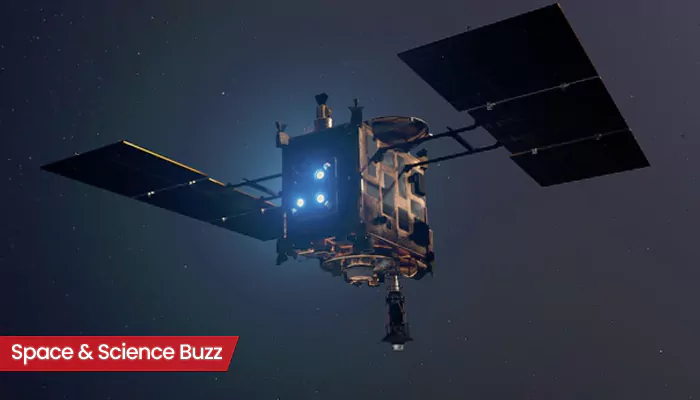Asteroid 2025 QV9
NASA has flagged asteroid 2025 QV9, estimating that it measures about 100 feet, or about 30 meters. The space rock is anticipated to be hurtling through
space at over 10,000 mph. The approach of asteroid 2025 QV9 is scheduled for September 10, 2025. While a potential hazard, it's crucial to understand what NASA is doing, and how to interpret the level of danger.
Size and Speed
Asteroid 2025 QV9 is notable because of its dimensions and velocity. At 100 feet, the asteroid's width means it's larger than many objects that typically pass Earth. The 10,000 mph speed is a substantial factor, as the velocity helps in determining the implications of a near miss. Scientists utilize these parameters for the precision of predictions about the trajectory of the asteroid and to figure out possible interactions with Earth.
September 10, 2025
The exact date of its approach, September 10, 2025, is important for space-observing organizations. It’s on this day that the Near-Earth Object (NEO) program will have an opportunity to monitor 2025 QV9 in real-time, refining trajectory estimations with more up-to-the-minute data. The proximity, at a distance that will be determined closer to the time, is one the NEO program will keep a close eye on. This will aid in more precise estimations, and offer a clearer view of any potential threat.
Should We Worry?
It is important to put these reports into perspective. Even with the high velocity and considerable size of asteroid 2025 QV9, experts are tracking it carefully. NASA's NEO programs are constantly monitoring asteroids and comets, including 2025 QV9. They are tracking the positions and movements of these items. The data gathered are crucial for determining the likelihood of a collision with Earth. Any concerns should be kept in context. The space program works to ensure any potential impacts are known far in advance.
Ongoing Monitoring
Scientists employ advanced telescopes and sophisticated computer models to understand the movements of asteroids like 2025 QV9. These tools enable them to precisely calculate the orbit and forecast the paths of asteroids. The continuous monitoring provides essential data, which is analyzed to improve understanding of the space environment surrounding the Earth. The gathered data is crucial for understanding the possibility of an asteroid impacting the earth.
Impact Assessment
If an asteroid's trajectory is determined to put Earth at risk, several factors are weighed to assess potential risks. These factors include the size, composition, and the potential point of impact of the asteroid. NASA and other space agencies utilize a variety of strategies, including trajectory deflection methods, to reduce any possible threat. The safety measures will be employed only if there is a real risk, but constant monitoring and preparedness are key components of planetary protection.







